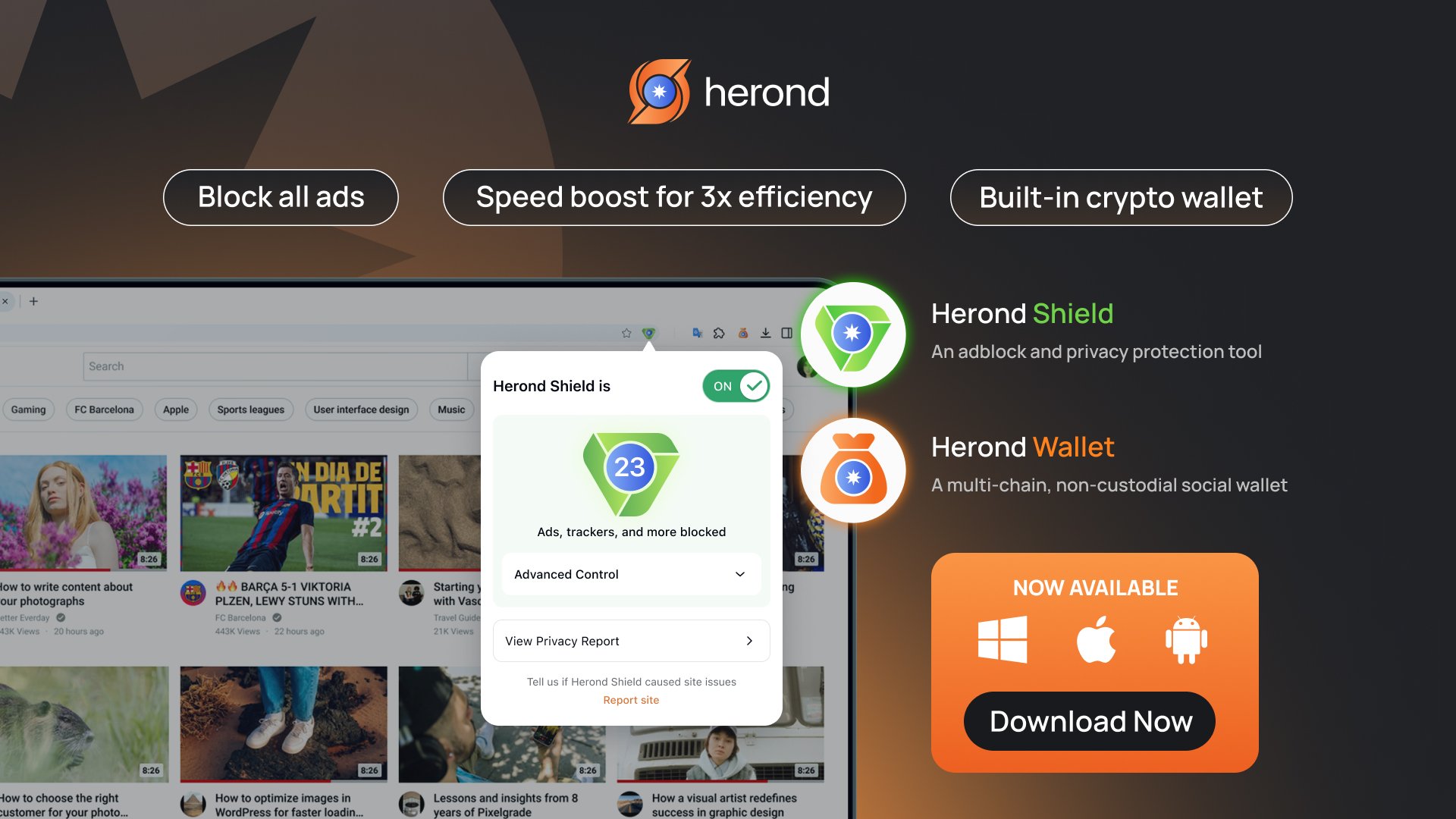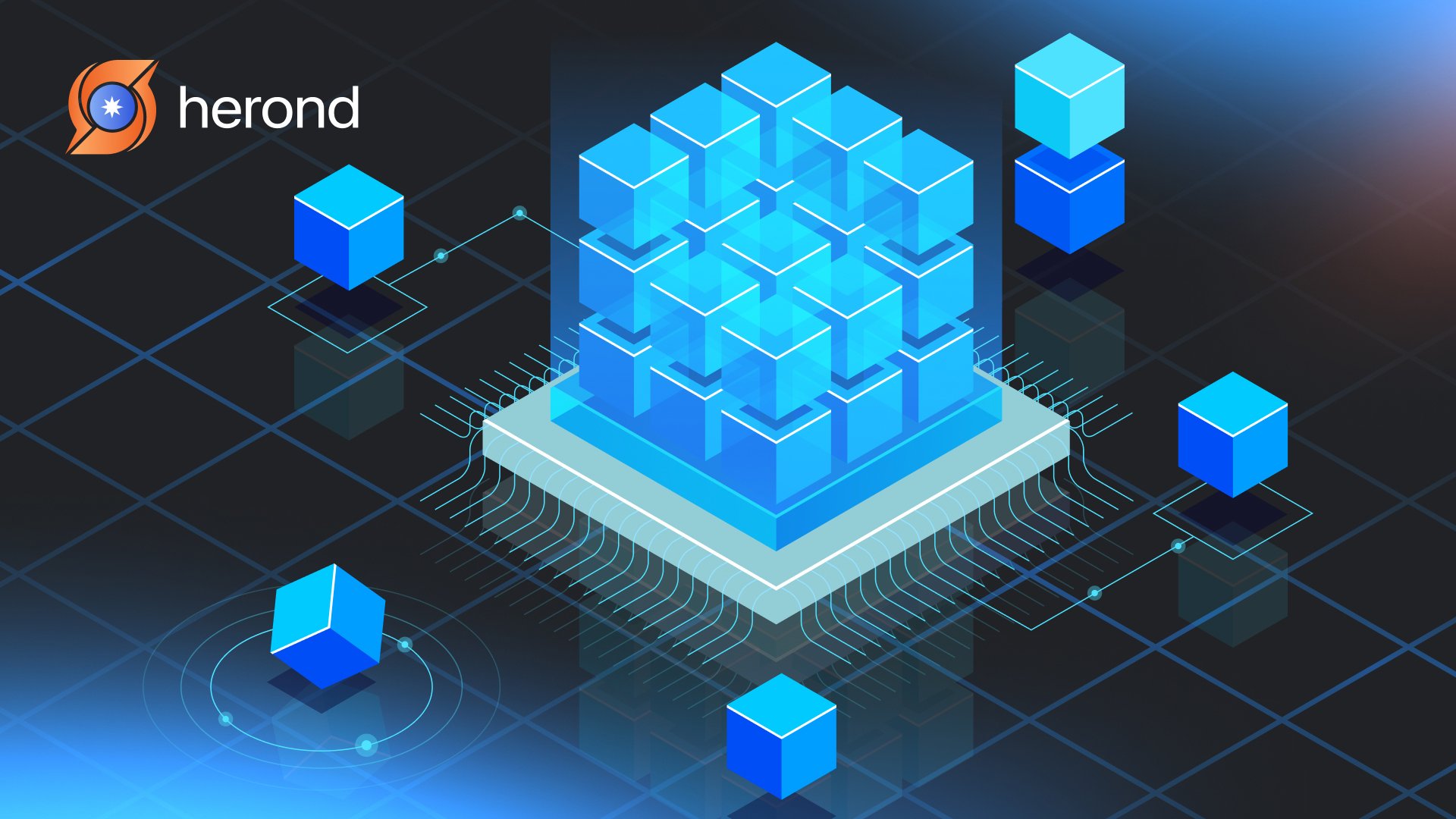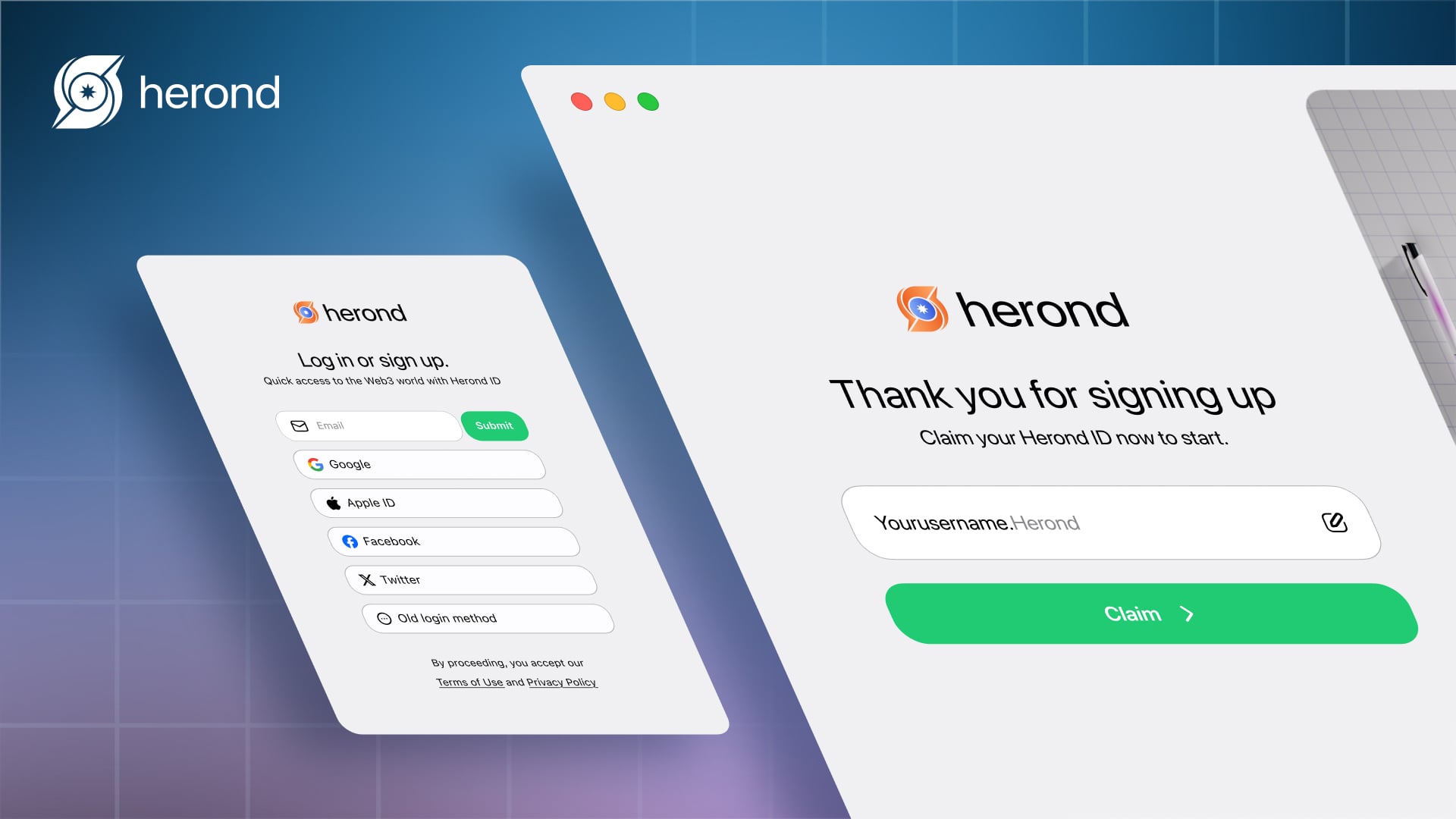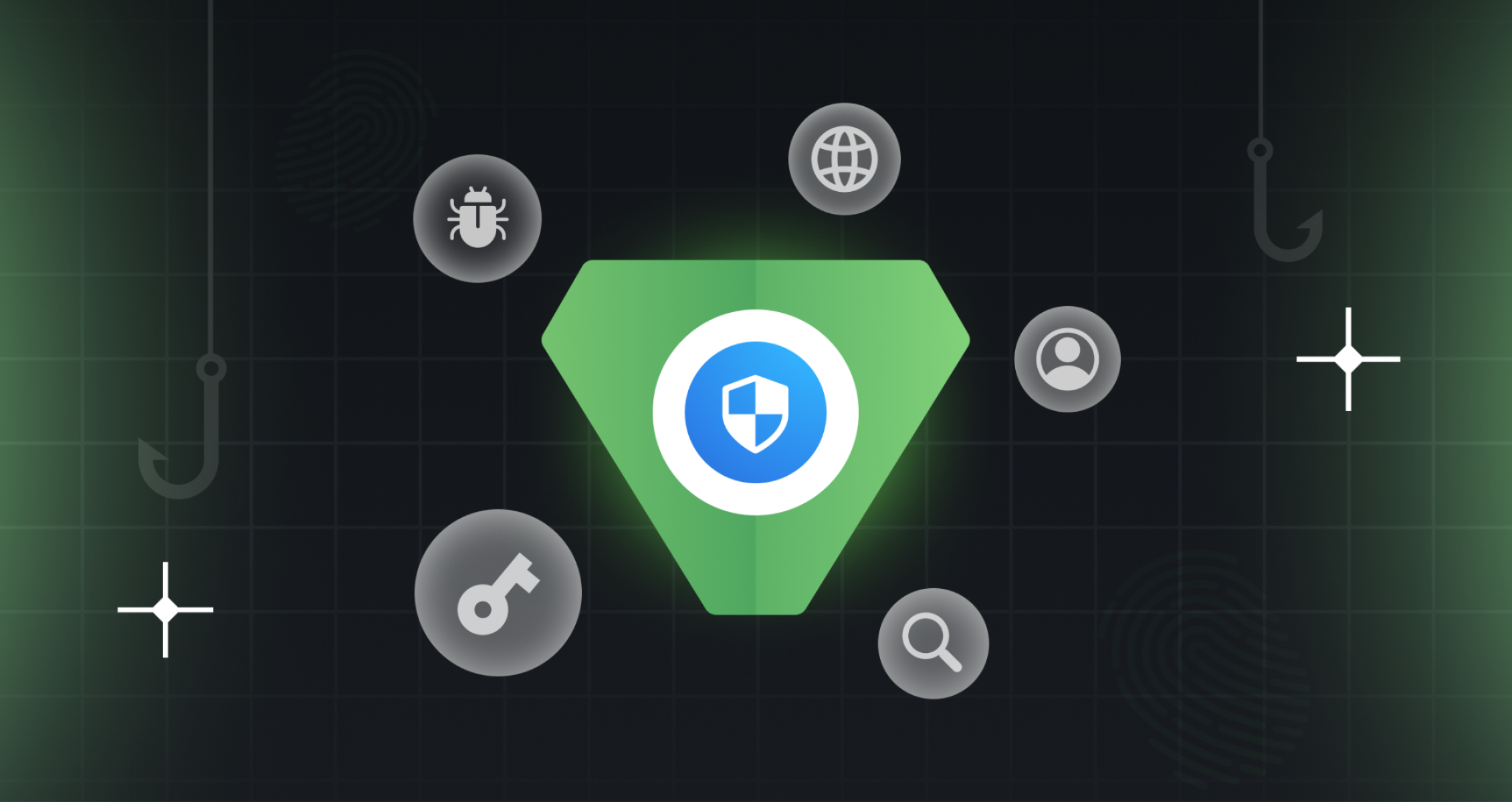Blockchain has taken the world by storm over the last few years. From cryptocurrencies to secure data storage, it’s everywhere, but many people still aren’t sure exactly what it is or how it works. So, what’s all the hype about? Let’s dive in and take a closer look at the blockchain ecosystem, why it matters, and how it’s shaking up industries across the globe.
Learn more: What is a Blockchain Explorer and How Does It Work?
What is Blockchain Technology?
Let’s start with the basics. Blockchain is essentially a digital ledger, but instead of being stored in one central place, it’s spread across a whole network of computers (called nodes). Think of it like a giant notebook that’s been copied and spread across the world—so no one person or company can change it. The cool part? Once data is added to blockchain, it can’t be edited or deleted. This makes it super secure.
Every block in the chain holds information about a specific transaction (like when you send Bitcoin or sign a contract). These blocks are linked together in a continuous chain, creating a tamper-proof record of everything. It’s kind of like a digital diary where no one can erase or rewrite history.
Learn more: Exploring the Solana Ecosystem: The Future of Blockchain Innovation

Key Components of the Blockchain Ecosystem
What is blockchain ecosystem? Blockchain isn’t just about Bitcoin (though that’s what most people think of first). It’s a whole ecosystem with different components that work together to keep things running smoothly. Let’s break it down:
Blockchain (The Core)
The blockchain itself is the platform where everything happens. It’s the foundation where all the data is stored, verified, and shared. Without the blockchain, there’s no cryptocurrency, no supply chain tracking, and no smart contracts. This is the backbone of the ecosystem.
Nodes (The Players)
Nodes are the devices or computers that participate in the blockchain network. Each node keeps a copy of the entire blockchain, and they work together to validate transactions. Instead of a single authority (like a bank) controlling the data, blockchain spreads this power across a bunch of different nodes, making it way more secure and democratic.
Miners (For Proof of Work)
In blockchain networks that use Proof of Work (PoW), like Bitcoin, miners are the people (or computers) who solve complex puzzles to add a new block to the chain. Think of miners like a group of puzzle solvers racing to be the first to figure it out—if they win, they add a new block and get rewarded with cryptocurrency. It’s a system that ensures the network is secure and working properly.
Validators (For Proof of Stake)
If PoW is like the puzzle-solving game, Proof of Stake (PoS) is a more energy-efficient version. Instead of solving puzzles, validators in PoS are selected to confirm transactions based on how much cryptocurrency they hold. The more you own, the more likely you are to validate the next block. This method uses less energy, making it more sustainable for long-term use.
Smart Contracts
Smart contracts are one of the coolest features of blockchain. These are like self-executing agreements that automatically carry out their terms when certain conditions are met. For example, a smart contract might automatically transfer money to someone when they complete a task, no human intervention needed. It’s a game-changer for automating agreements without the need for a third party.
Tokens and Cryptocurrencies
Tokens are digital assets created on blockchain networks. They can be anything—currency (like Bitcoin), assets, or even ownership rights to things like art or land. Cryptocurrencies are a type of token used for transactions on the blockchain, but tokens can also be used for other purposes, like accessing a service or representing a real-world asset.

Benefits of the Blockchain Ecosystem
So, why does blockchain matter? Here’s the deal: blockchain has a ton of benefits that can change the way we interact with money, data, and even each other.
Transparency and Security
One of the biggest advantages of blockchain is its transparency. Since all transactions are recorded and verified across the network, everyone can see the transaction history. This builds trust, especially in industries like finance and healthcare, where data security is critical. Plus, the blockchain is immutable, meaning once something is recorded, it can’t be tampered with. Goodbye, fraud!
Lower Costs and Faster Transactions
Blockchain cuts out the middlemen—banks, lawyers, notaries—who usually take a cut of the transaction. Whether you’re transferring money or signing a contract, blockchain reduces fees and speeds up the process. Cross-border payments? They’re faster and cheaper because blockchain doesn’t rely on traditional banking systems.
Decentralization and Control
In the blockchain world, no single entity has control over the network. This decentralization ensures that no one can manipulate the system for their own benefit. This also means users have more control over their own data and transactions. It’s a level of freedom that traditional systems just can’t match.
Increased Trust and Accountability
Since every transaction is verified and recorded in a public ledger, blockchain fosters trust and accountability. Everyone involved can see what’s going on, and no one can sneak in changes. Whether it’s for a supply chain, voting system, or contract, this kind of transparency is a huge win for accountability.
More Than Just Cryptocurrencies
Blockchain is not just for cryptocurrencies. It’s transforming other industries as well. For instance, supply chains are becoming more transparent, voting systems are becoming more secure, and even healthcare is using blockchain to store medical records more safely. The applications are endless, and they’re only just getting started.

Challenges of the Blockchain Ecosystem
While blockchain offers a ton of benefits, it’s not perfect. Here are a few challenges that need to be addressed:
- Scalability: As more users join the network, the blockchain can become slow and expensive to use. Improving blockchain’s ability to handle a growing number of transactions is a key challenge.
- Energy Consumption: Blockchain networks, especially those using Proof of Work, require a lot of energy to run. This environmental impact has been a point of criticism.
- Regulation: Blockchain is still a relatively new technology, and regulations around it are constantly evolving. Governments need to figure out how to regulate blockchain-based industries without stifling innovation.
- Privacy: Blockchain’s transparency can be a double-edged sword. While it’s great for accountability, some users might prefer more privacy. Solutions like zero-knowledge proofs are helping, but privacy on public blockchains is still a concern.
Conclusion
Blockchain isn’t just a buzzword—it’s a revolutionary technology that’s changing the way we think about data, transactions, and trust. The blockchain ecosystem is made up of interconnected components that work together to provide security, efficiency, and transparency. From cryptocurrencies to supply chains and healthcare, blockchain is already transforming industries and will continue to do so in the coming years.
Yes, blockchain has its challenges, but the potential it holds is undeniable. As the technology matures, we’ll likely see even more groundbreaking uses for blockchain. It’s time to pay attention—because the blockchain ecosystem is just getting started.
Learn more: Proof of Authority: A Comprehensive Guide to Understanding the Concept
About Herond Browser
Herond Browser is a cutting-edge Web 3.0 browser designed to prioritize user privacy and security. By blocking intrusive ads, harmful trackers, and profiling cookies, Herond creates a safer and faster browsing experience while minimizing data consumption.
To enhance user control over their digital presence, Herond offers two essential tools:
- Herond Shield: A robust adblocker and privacy protection suite.
- Herond Wallet: A secure, multi-chain, non-custodial social wallet.
As a pioneering Web 2.5 solution, Herond is paving the way for mass Web 3.0 adoption by providing a seamless transition for users while upholding the core principles of decentralization and user ownership.
Have any questions or suggestions? Contact us:
- On Telegram https://t.me/herond_browser
- DM our official X @HerondBrowser
- Technical support topic on https://community.herond.org








